ST1. What is HPV? Symptoms, Prevention, and Why Vaccination Matters
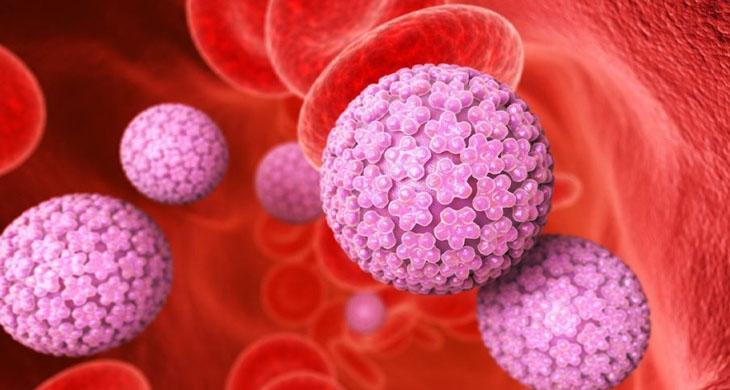
What is HPV?
Human Papillomavirus (HPV) is a common virus that affects both men and women. It is the most prevalent sexually transmitted infection (STI) globally, with millions of new cases reported each year. HPV consists of over 200 related viruses, some of which cause warts, while others can lead to serious health issues such as cervical, anal, and throat cancers.
HPV is categorized into low-risk and high-risk types. Low-risk types cause warts on different body parts, including the genital region, hands, and feet. High-risk types, particularly HPV-16 and HPV-18, are responsible for various cancers, including cervical, anal, oropharyngeal (throat), penile, vulvar, and vaginal cancers. Understanding these distinctions is vital to recognizing the need for vaccination and prevention strategies.
Symptoms of HPV
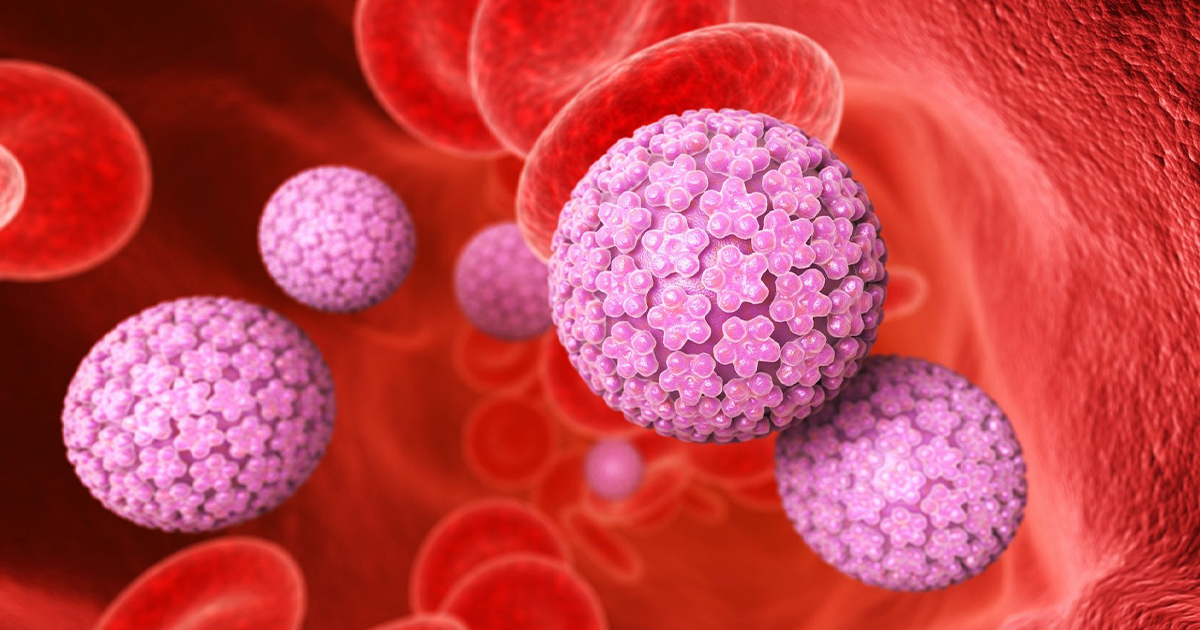
Most HPV infections are asymptomatic, meaning individuals may carry the virus without showing any signs. However, certain HPV strains can cause:
- Genital warts – Small, flesh-colored growths appearing on the genital or anal area.
- Common warts – Typically found on the hands and feet.
- Plantar warts – Hard growths that develop on the soles of the feet.
- Flat warts – Slightly raised lesions that often appear on the face, neck, or legs.
High-risk HPV types, particularly HPV-16 and HPV-18, are associated with cervical cancer and other malignancies. The symptoms of these cancers may not appear until the disease is in advanced stages. Common signs of HPV-related cancers include:
- Unusual vaginal bleeding – Bleeding after intercourse, between periods, or post-menopause.
- Pelvic pain – Persistent pain in the lower abdomen.
- Pain during intercourse – Discomfort or pain during sexual activity.
- Unexplained weight loss – Sudden weight loss without any apparent reason.
- Persistent sore throat or hoarseness – In cases of HPV-related throat cancer.
Regular screenings, such as Pap smears and HPV tests, are crucial for early detection and treatment.
How is HPV Transmitted?
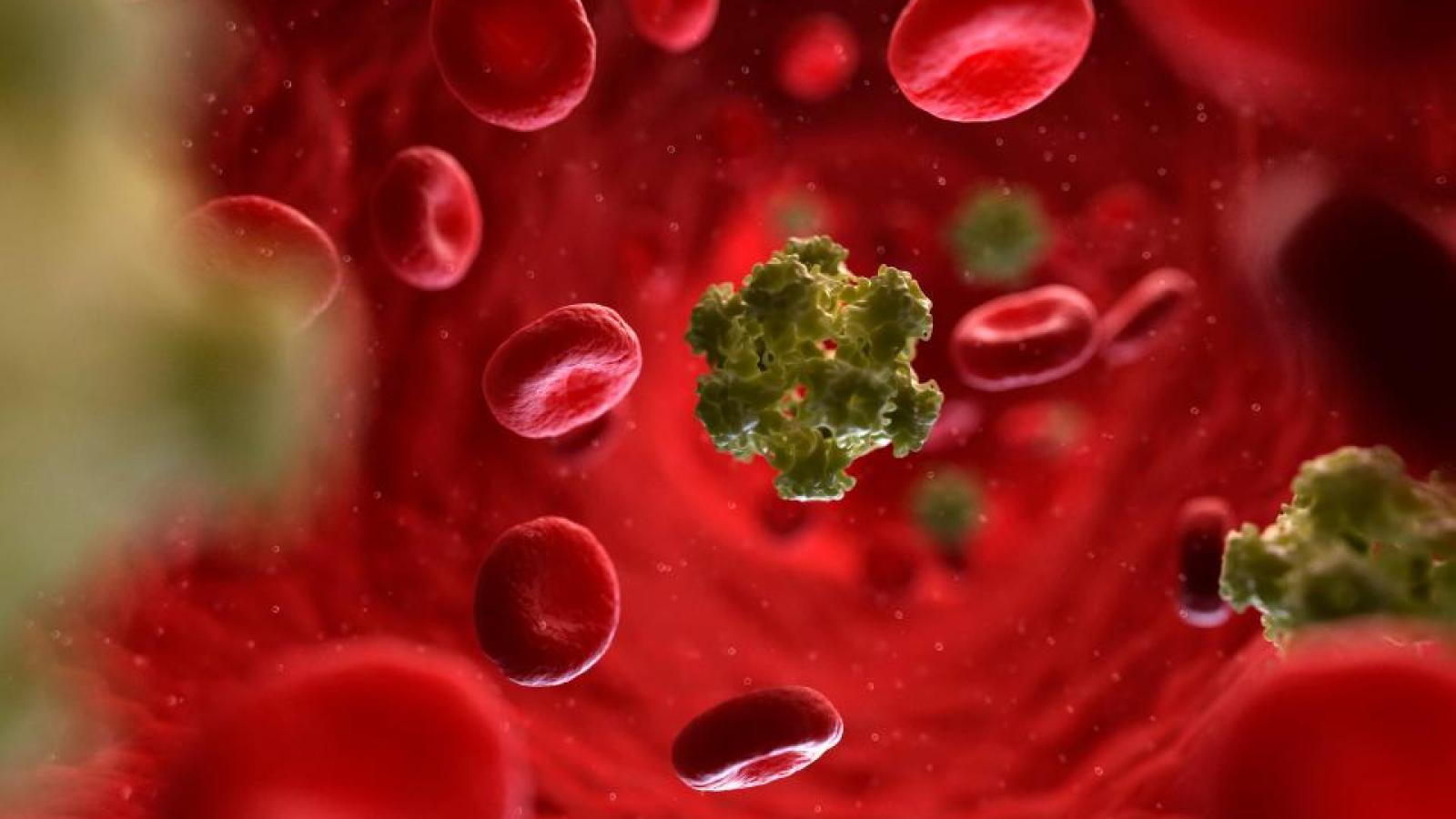
HPV is primarily spread through intimate skin-to-skin contact, including vaginal, anal, and oral sex. It can also be passed through close physical contact with infected skin. Since HPV is highly contagious, even individuals with no visible symptoms can transmit the virus.
Risk factors that increase the likelihood of HPV transmission include:
- Having multiple sexual partners
- Engaging in unprotected sex
- Having a weakened immune system
- Direct contact with HPV-infected warts or skin
Prevention of HPV
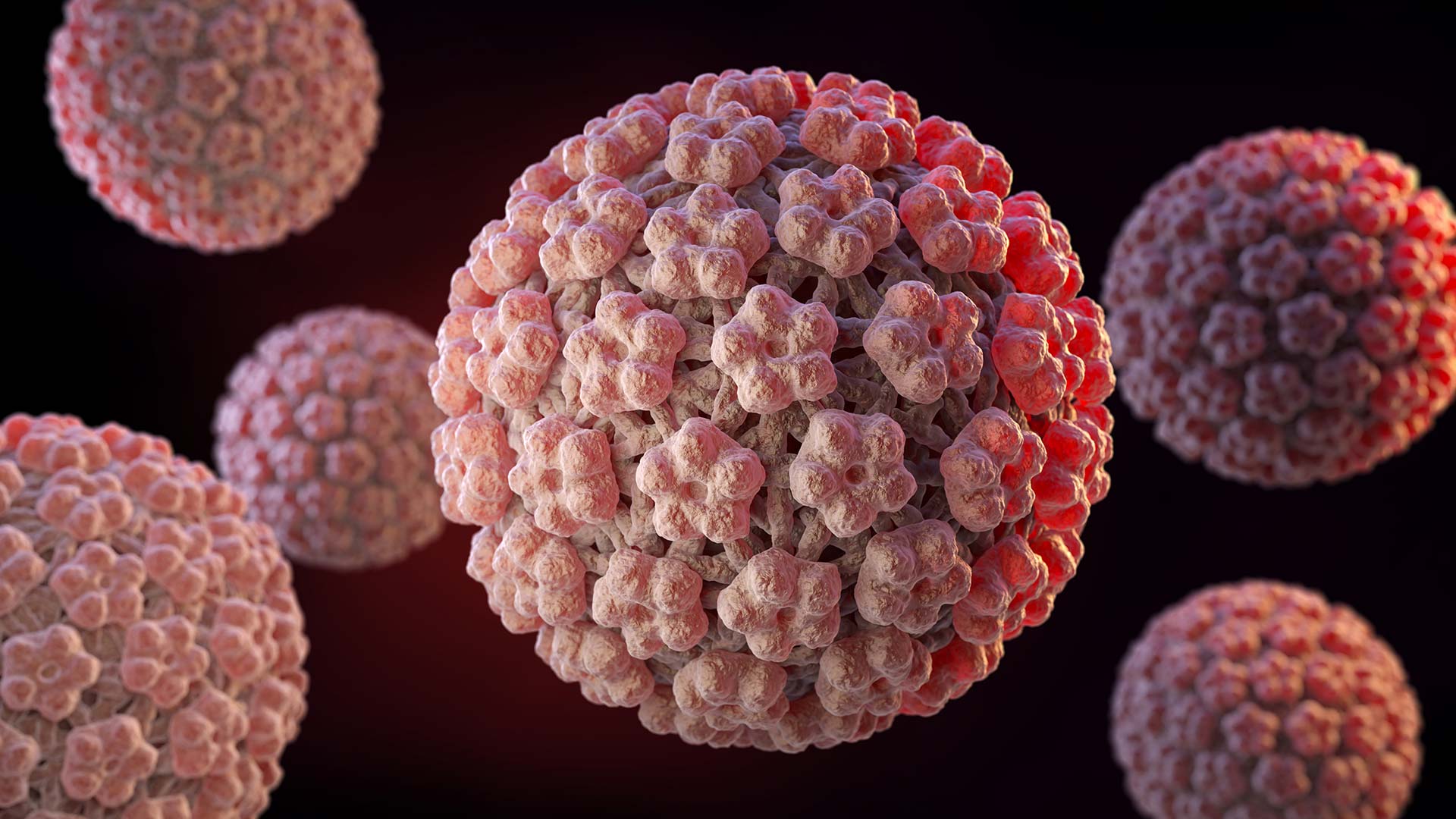
1. HPV Vaccination
The most effective way to prevent HPV-related diseases is through vaccination. The HPV vaccine, such as Gardasil 9, protects against multiple high-risk strains. It is recommended for individuals aged 9 to 26, but adults up to age 45 can also benefit from vaccination. Vaccination is most effective before individuals become sexually active.
The vaccine is administered in two or three doses, depending on the recipient’s age:
- A two-dose schedule for individuals aged 9–14, given six months apart.
- A three-dose schedule for those 15 and older, spaced over six months.
2. Safe Sexual Practices
Using condoms and dental dams can lower the risk of HPV transmission. However, since HPV can infect areas not covered by these barriers, they do not provide complete protection.
3. Regular Health Screenings
Routine Pap tests and HPV screenings help detect abnormalities early, allowing for timely medical intervention. Women aged 21 and older should undergo Pap smears every three years, while HPV co-testing is recommended for women over 30.
4. Avoid Skin-to-Skin Contact with Infected Areas
Limiting direct contact with warts or infected skin can reduce transmission risk. Practicing good personal hygiene and avoiding shared personal items, such as towels and razors, can further lower the likelihood of infection.
Why HPV Vaccination Matters
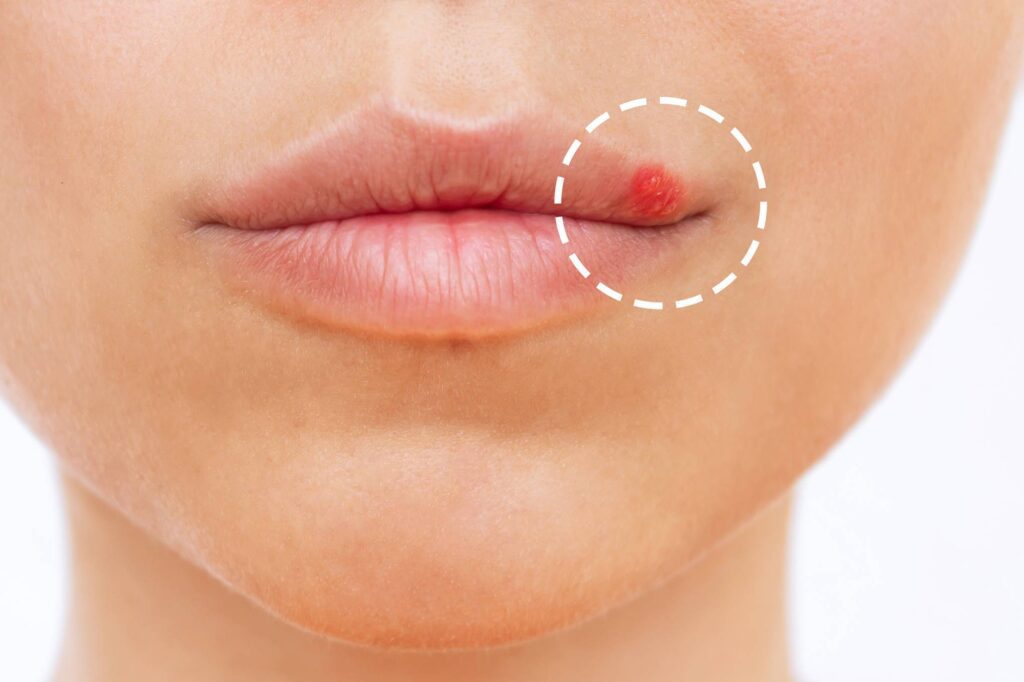
1. Prevents Cancer
HPV is responsible for nearly all cervical cancer cases and is linked to cancers of the throat, anus, penis, vulva, and vagina. Vaccination significantly reduces the risk of developing these life-threatening diseases. Studies have shown that countries with high HPV vaccination rates experience a decline in HPV-related cancers and precancerous lesions.
2. Reduces HPV-Related Health Complications
By preventing HPV infections, vaccination minimizes the need for medical treatments, surgeries, and procedures associated with HPV-related conditions. Cervical dysplasia, for example, requires surgical intervention to prevent cancer progression, which can be emotionally and physically taxing for patients.
3. Protects Future Generations
Widespread HPV vaccination contributes to herd immunity, reducing overall transmission rates and protecting those who cannot receive the vaccine. By vaccinating adolescents before they become sexually active, parents can significantly reduce their children’s risk of contracting HPV-related diseases in adulthood.
4. Cost-Effective Public Health Strategy
Preventing HPV-related cancers through vaccination is more cost-effective than treating HPV-related diseases. The financial burden of cancer treatments, hospitalizations, and follow-up care far outweighs the cost of a preventive vaccine.
Addressing Common Myths About HPV and Vaccination
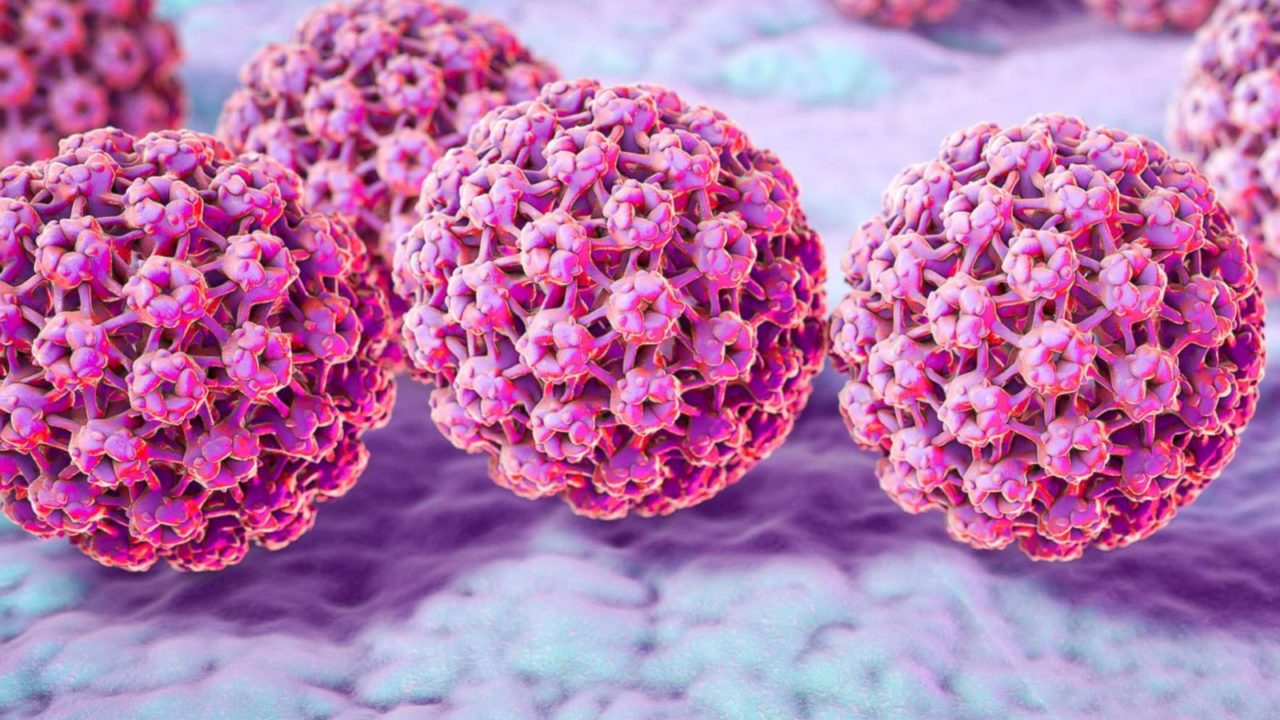
Myth 1: Only Women Need the HPV Vaccine
HPV affects both men and women, and the vaccine protects against cancers that impact all genders. Men can develop penile, anal, and throat cancers from HPV, making vaccination equally important for them.
Myth 2: The HPV Vaccine Promotes Sexual Activity
There is no evidence that receiving the HPV vaccine leads to increased sexual activity. The vaccine is a preventive measure against cancer, not a gateway to risky behavior.
Myth 3: HPV Infection is Rare
HPV is incredibly common. According to the Centers for Disease Control and Prevention (CDC), nearly 80% of sexually active individuals will contract HPV at some point in their lives.
Myth 4: The HPV Vaccine is Unsafe
Extensive research and clinical trials confirm that HPV vaccines are safe and effective. Side effects are generally mild and include soreness at the injection site, mild fever, or headaches.
Conclusion
HPV is a prevalent but preventable virus that can cause serious health complications. Vaccination, safe sex practices, and regular screenings are essential in preventing HPV-related diseases. The HPV vaccine is a safe and effective tool in reducing the risk of cervical and other HPV-associated cancers. By taking proactive steps, individuals can protect themselves and future generations from the harmful effects of HPV. Raising awareness about HPV and the benefits of vaccination is crucial in promoting global health and reducing the burden of HPV-related diseases.




